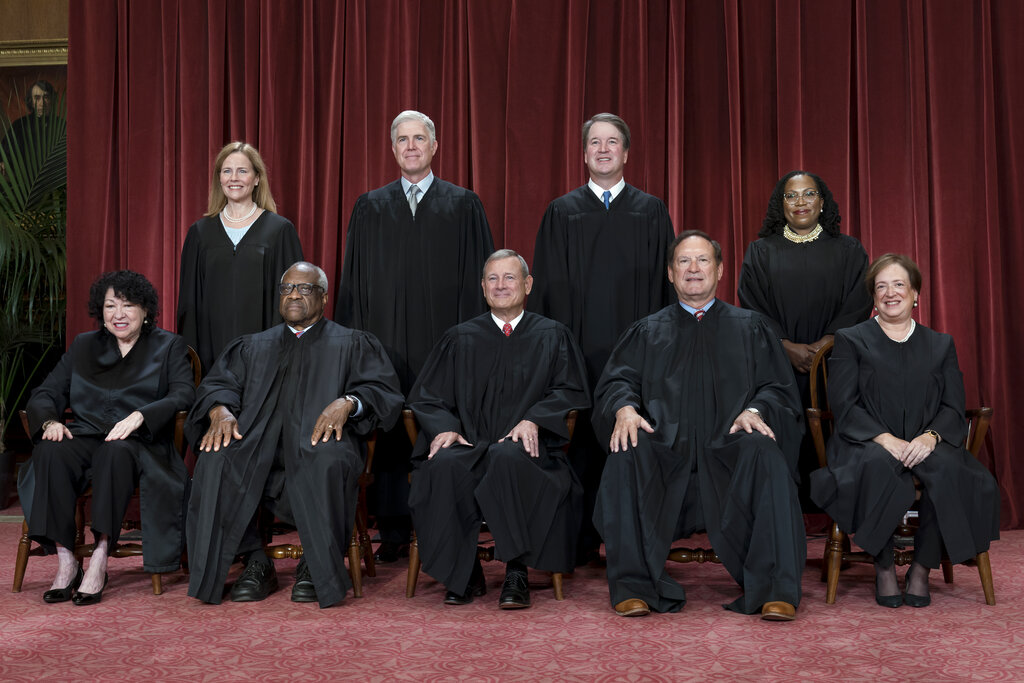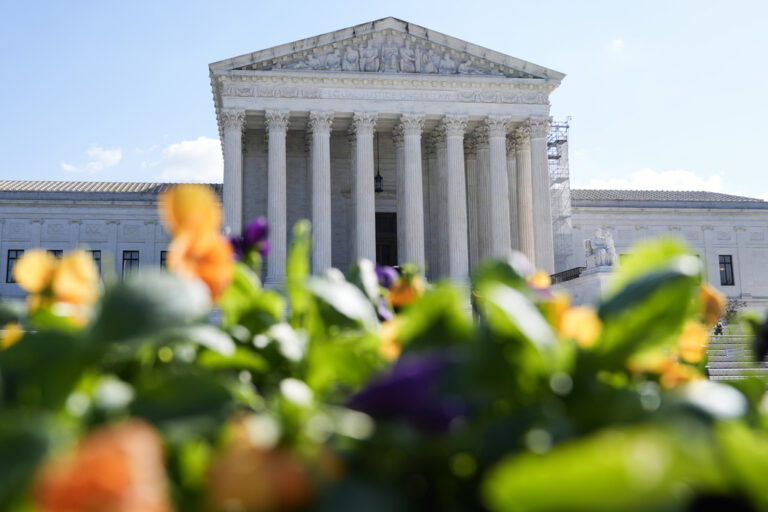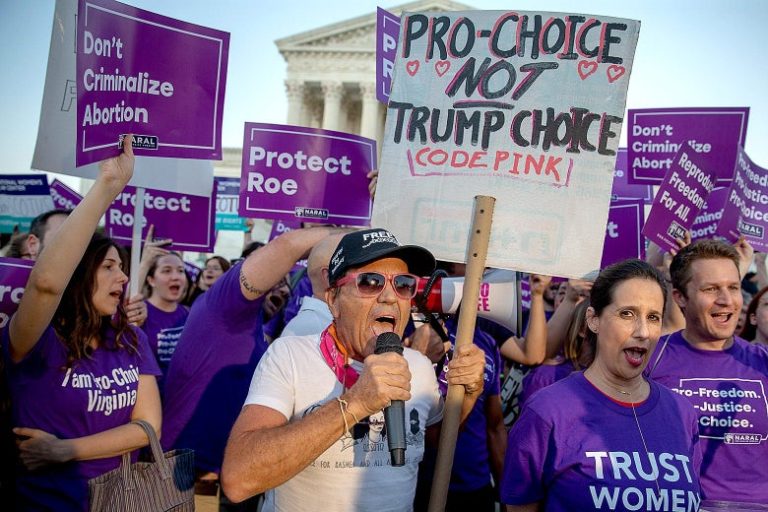
The idea of implementing term limits for Supreme Court justices is not new, but it was not until Justice Ruth Bader Ginsberg’s death on Sept. 18, 2020 that the idea started to gain national attention. President Trump had already confirmed two justices prior to her death, and the possibility of Trump being able to appoint three Supreme Court justices was worrisome for many Americans, particularly for women because of the possibility of abortion rights being stripped away.
Donald Trump was ultimately able to appoint the third conservative justice to the court after Senate Majority Leader Mitch McConnell decided to hold a vote to confirm Amy Coney Barrett about a week before election day, despite strong Republican opposition to confirming Supreme Court justices during an election year when Obama was president in 2016. The vote passed, and Amy Coney Barrett was confirmed by the Senate to replace Justice Ruth Bader Ginsberg on October 26, 2020. Consequently, Roe v. Wade was overturned in 2022 and the Supreme Court decided that it is now up to the states whether women in America have abortion rights, overturning nearly 50 years of precedent.
Earlier this year while speaking at the LBJ Library in Austin, Texas, President Biden called for major reforms to the Supreme Court. In his plan for reforming the court, Biden argues for establishing 18-year term limits for justices and having those term limits arranged in a manner that a president would appoint a new justice every two years. Prior to this announcement, the idea of establishing term limits for justices was unrealistic. Most political leaders rarely discussed it publicly, if at all. However, President Biden proposing the idea has put it in the spotlight and potentially made it an issue for candidates to run on in the future. Vice President and Democratic nominee for President, Kamala Harris, has endorsed the plan, and it would not be surprising if Democrats continue to run on this issue in order to energize their own base and attract moderates who are scared of the consequences of an even more partisan Supreme Court.
In a concurring opinion after the court’s ruling on Dobbs v. Jackson Women’s Health Organization, the decision that overturned Roe v. Wade, Justice Clarence Thomas argued that the court “should reconsider” its rulings on contraception and same-sex marriage. It’s not unlikely that if this Supreme Court gets the chance, they will also take away the right to use contraception and for same-sex couples to marry. Therefore, reforms must be made to prevent the court from pushing this extreme agenda that takes away the rights of millions of Americans, and Kamala Harris should make it a priority for her administration if she wins in November.
If the reforms proposed by President Biden had been implemented over the past two decades, the ideological composition of the court would be flipped: six justices would have been appointed by Democratic presidents, and three by Republicans. If this was our reality, we would likely still have constitutionally protected abortion rights in America. It is the duty of the Supreme Court to uphold the rights granted to us by the Constitution, which includes the right to privacy and by extension the right to get an abortion, and it is shameful that the court did not.
We need to push for term limits for justices to ensure that the Supreme Court will protect our individual rights. Moreover, we need to guarantee that a single president will not have an outsized influence on the branch of government that interprets the Constitution and is supposed to act as a check on the executive and legislative branches. The current status quo of a hyper-partisan confirmation process in the Senate and presidents appointing the youngest qualified candidate to the court when a vacancy opens is detrimental to our democracy. This system incentivizes presidents to pick the youngest candidate for the court, rather than a candidate that would be the best fit for the position in order to maximize the amount of time they have influence on the court. Having term limits would allow for greater democratic accountability of the court and would motivate presidents to pick the most experienced and qualified candidate, not the youngest.
A poll conducted by YouGov in July shows that 70 percent of U.S adults support setting term limits for Supreme Court justices. Therefore, implementing term limits on justices would not only be good for the health of our democracy, but it would also show that our democracy is working and allowing the people’s voice to be heard.
The Zeitgeist aims to publish ideas worth discussing. The views presented are solely those of the writer and do not necessarily reflect the views of the editorial board.



